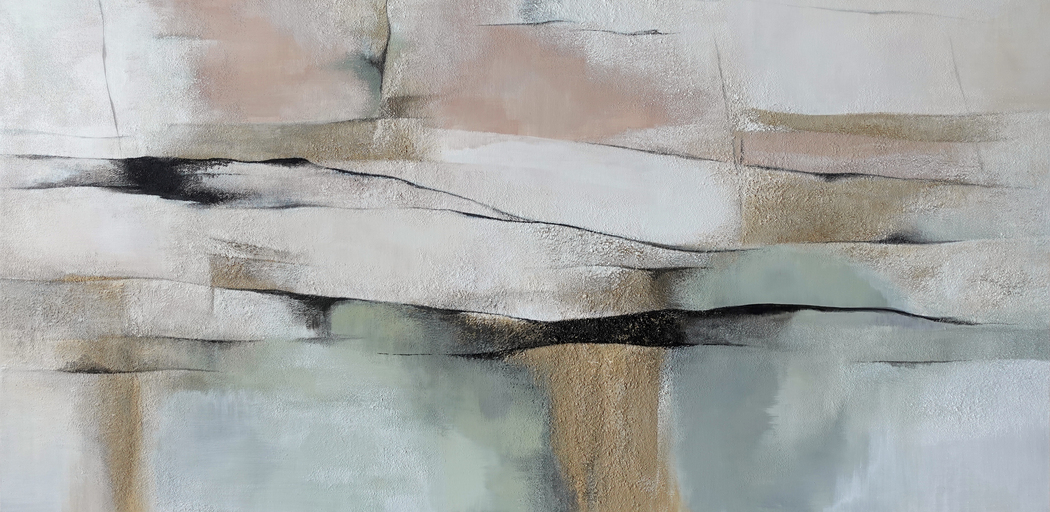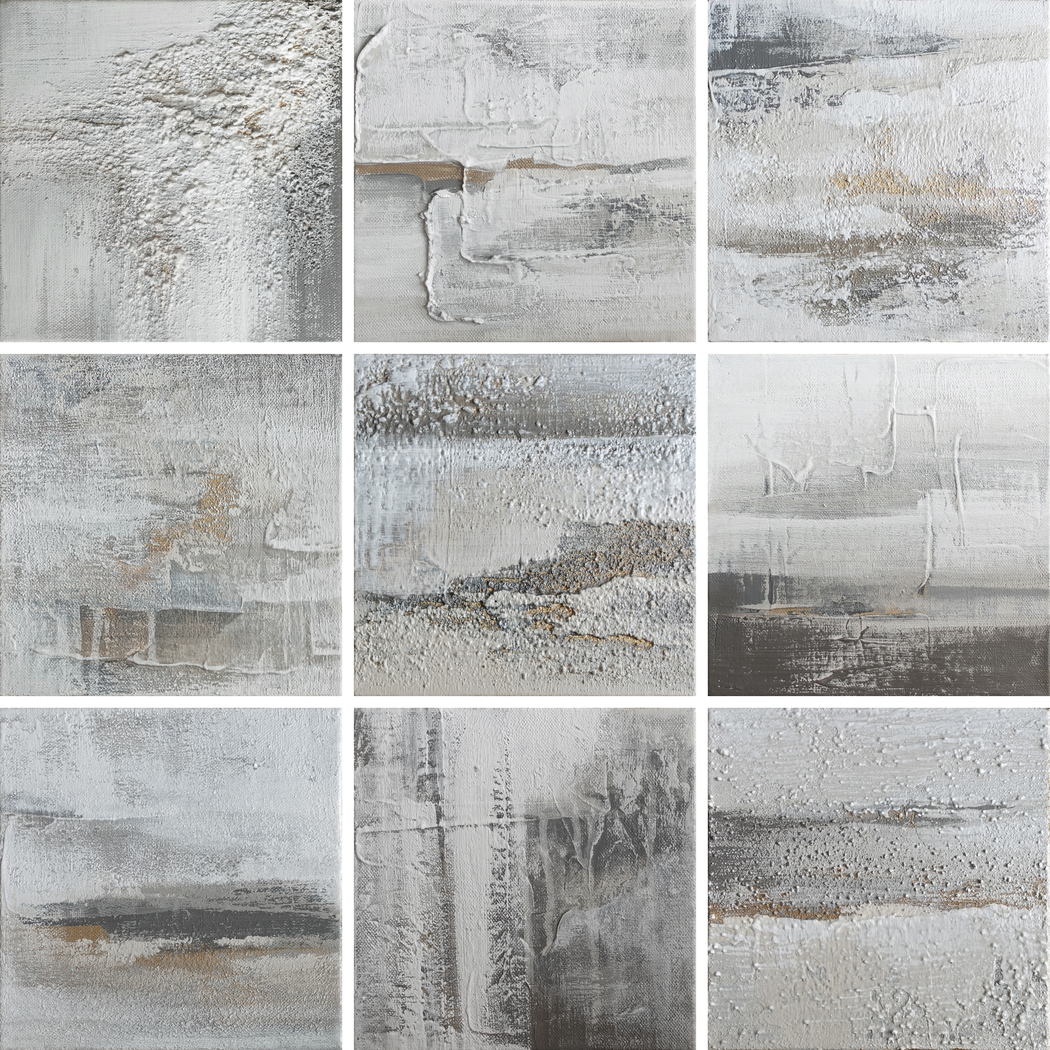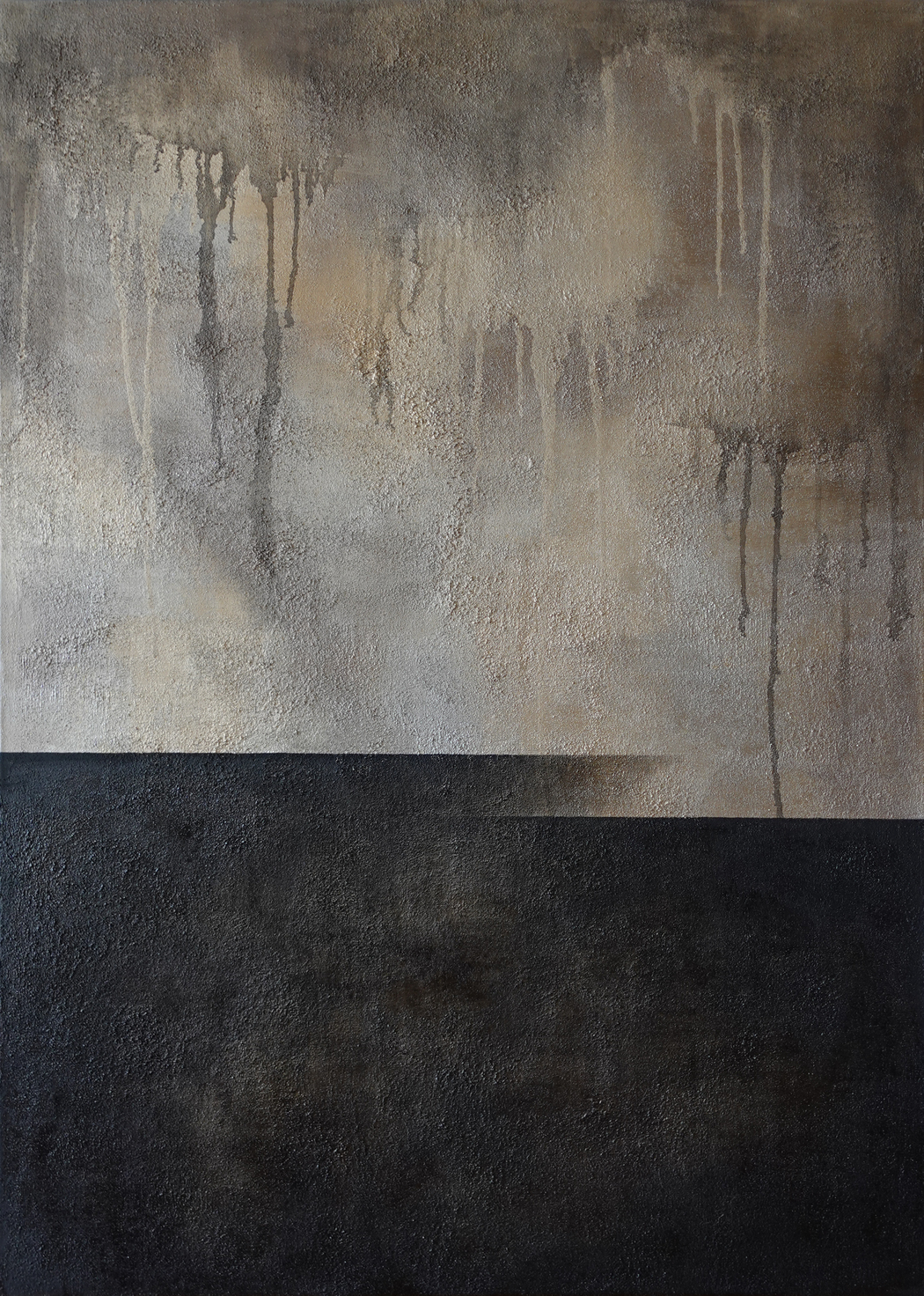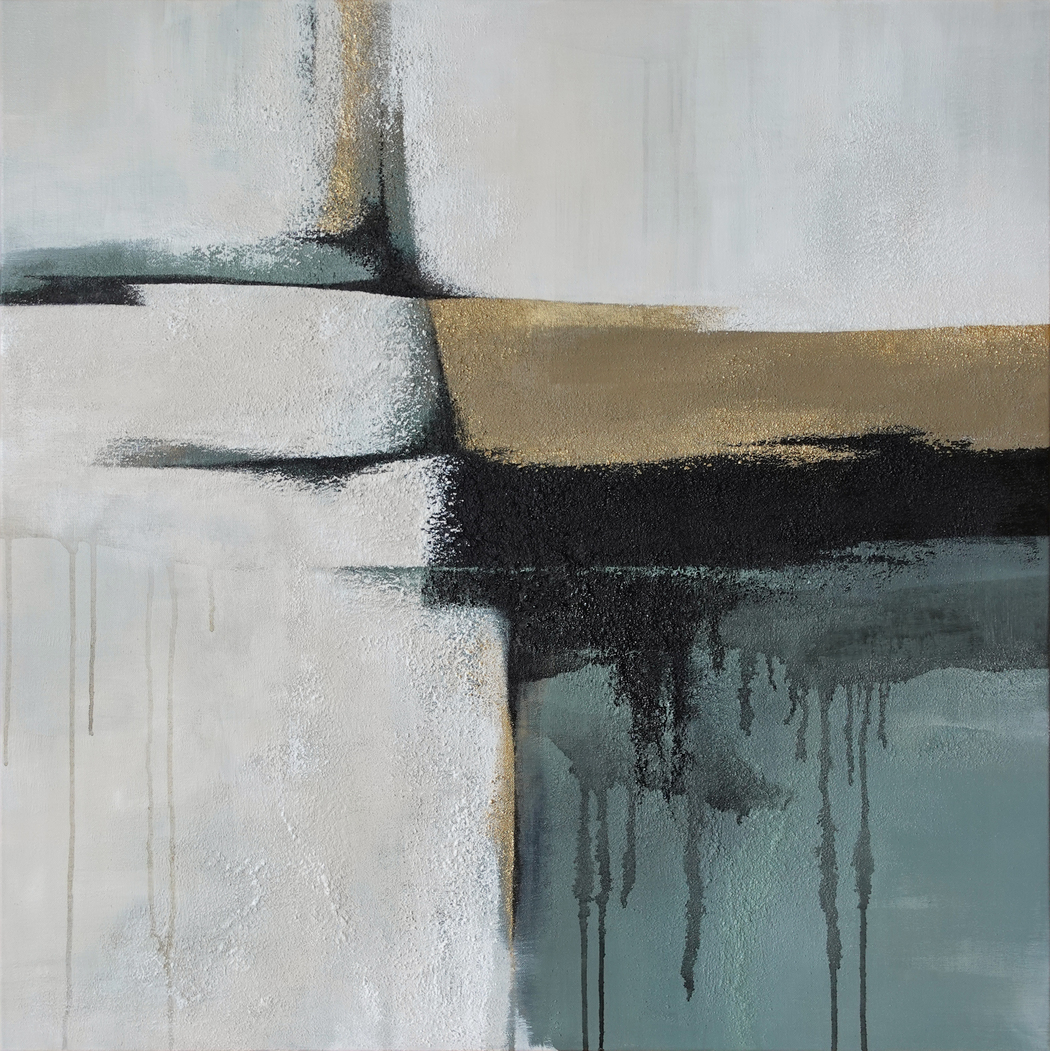Natali Khas
Year of birth: 1985
Where do you live: Krasnodar, Russia
Your education: Art School, Yaroslavl State Technical University, major in “Architecture” (Russia)
Describe your art in three words: texture, layering, sensuality
Your discipline: painting, interior design
Instagram
Where do you live: Krasnodar, Russia
Your education: Art School, Yaroslavl State Technical University, major in “Architecture” (Russia)
Describe your art in three words: texture, layering, sensuality
Your discipline: painting, interior design

Your work often blends vibrant textures and natural elements. Could you tell us more about your creative process when you begin a new piece? What role do textures and contrasts play in your art?
I am deeply influenced by nature and the details I notice in everyday life. I find inspiration in the simplest yet most amazing things: the smooth transitions of color at sunset, the intricate patterns on the surface of a stone, or the play of light on water. I try to capture these moments by photographing them or simply observing, so I can later translate them onto canvas. They evoke emotions and associations in me, which become the foundation for my work. My creative process begins with an idea that forms in my head or in a sketch. I don’t start working until I can see the composition in my imagination and feel ready to express it through painting. Textures play a key role in my paintings. They enhance the sensual perception, making the painting not only a visual but also a tactile experience. I often play on the contrast of surfaces, combining smooth and textured elements, and use color contrast to enhance the emotional impact. These techniques are characteristic of nature and familiar to all of us, which makes my works understandable and easy to perceive. At the same time, they remain layered and interesting — people want to look at them again and again, discovering new details and meanings.You’ve dedicated many years to studying architecture and design before focusing on abstract painting. How has your architectural background influenced your approach to abstraction and your use of space in your artworks?
My architectural education and many years of experience in interior design have given me the opportunity to understand more deeply how composition and form affect the perception of space. I have learned to work with colors, fabrics, and textures, which have become an important part of my artistic approach. Additionally, I understand contemporary trends well and know which paintings can seamlessly complement modern interiors. As a designer, I specialize in minimalist modern spaces where abstract paintings and textured artworks look particularly organic. I now have the opportunity not only to design interiors but also to fill them with art that I have created. This allows me to create spaces that fully reflect my vision and concept. Natali Khas | A life line | 2025
Natali Khas | A life line | 2025
Meditation and inner peace are important themes in your work. How do you convey such personal experiences through your art, and do you believe your viewers can connect with those emotions through the textures and colors you use?
My life has always been busy, and due to constant busyness, I gradually lost the ability to truly relax, even during rest. Over time, I realized how important it is to find moments of peace and harmony, and I understood that this need is relevant for many people in the modern world. I create a series of paintings dedicated to meditation and harmony. For such works, I choose neutral, soft shades that do not overload perception. Materials are usually matte, and white, if present, is subdued and natural, creating a sense of naturalness and tranquility. Textures and layers in my paintings help enhance this mood. I add irregularities, abrasions, and multiple layers of paint so that the surface of the painting resembles an old object that makes you want to examine and study it. These details help slow down time, immerse in the moment, and feel harmony — this is exactly what I strive for in my work.Your recent works seem to explore both simplicity and complexity, balancing vibrant details with tranquil moments. How do you decide on the level of abstraction and detail in each piece?
Currently, I am working on two series, each reflecting different aspects of life. One series is dedicated to meditation and the state of inner peace, while the other focuses on achievements, overcoming challenges, and contradictions. These are two sides of the same coin, always present in our lives. It’s important to accept and experience them since they complement each other. The meditation series is executed in a minimalist style. I use a restrained palette, simple shapes and lines, emphasizing textures and subtle nuances of color. These works are highly abstract, creating an atmosphere of tranquility. The series dedicated to life’s complexities, on the other hand, is more vibrant and expressive. I use bright colors, complex compositions, and numerous details to convey energy, dynamics, and tension. These paintings are filled with emotion and drama. Despite their differences, both series share a focus on sensory perception. Viewers can find reflections of their own emotions and experiences, making my works relatable and understandable to everyone. Natali Khas | Fantasies | 2025
Natali Khas | Fantasies | 2025
Your background in psychology of color perception is fascinating. How does this influence your choice of colors and the emotional impact you wish to convey in your art?
Colors have a tremendous impact on our perception, widely utilized in various fields—from advertising and cinema to architecture and interior design. I study the psychology of color with great interest, as it helps me understand how colors affect a person’s emotions and mood more deeply. In my works themed around meditation and inner peace, I often use calm, muted shades. These are natural colors that appear soothing to the eye and create a sense of harmony, helping to build an atmosphere of peace and tranquility. However, in certain works, I employ more saturated and contrasting colors. Life is multifaceted, and not all emotions are easy and positive. To convey complex experiences or vibrant moments of joy, I use shades like emerald, black, vivid blue, pink, and other expressive tones. Occasionally, I use metallic paints such as liquid silver or gold leaf. These create effects of depth and layering, enhancing the emotional impact of the painting and adding a special dynamic.In your statement, you mention the importance of “being present” in a world filled with distractions. Do you think your artwork serves as a reminder of the present moment? If so, how do you hope your viewers will experience this through your paintings?
The modern world dictates a frantic pace of life. Every day we’re faced with a torrent of tasks, messages, advertisements, and events that distract us from the most important—ourselves. We stop noticing the beauty of nature, forget to enjoy moments, and lose touch with our emotions and sensations. My paintings are an attempt to slow down this pace, giving people the opportunity to pause, feel alone with themselves, live through their emotions, and awaken memories. I want viewers to focus on themselves, rather than the outside world. The textures in my works enhance the effect of presence in the moment, drawing attention and captivating the gaze. Color combinations and contrasts evoke certain emotions, awaken sensuality, and add mindfulness. All of this helps viewers detach from external hustle and immerse themselves in their feelings. Natali Khas | Believe in Myself | 2025
Natali Khas | Believe in Myself | 2025
What challenges have you faced transitioning from a career in design and architecture to abstract painting, and what has been the most rewarding part of this artistic journey?
The biggest challenge for me has been the lack of time. I have many ideas and projects I want to bring to life, but unfortunately, my time resources are limited. I continue to design residential interiors and combine that with my work as an artist. Another difficulty is that the contemporary art market in Russia is not yet as developed as the interior design market. Therefore, earning a living as a designer is easier than as an artist. But I continue to pursue both paths, as they are equally important to me. The transition from interior designing to abstract painting was natural for me. Even before entering university, I studied graphics, painting, and composition for 10 years. Although I didn’t become an artist right away, I’ve always known that I would return to it one day. In recent years, there has been growing interest in art in Russia, especially in the context of decorating interiors, and this inspired me to take up painting again. A particularly significant moment for me was during a period when I fell ill and temporarily lost my sense of smell. Even food stopped bringing pleasure, and I realized how strongly this affected the quality of life. This state was close to depression, but painting helped me return to life. During that challenging period, I consciously began using textures and colors as a means to enhance sensuality and impressions—through tactile and visual perception. This compensated for the lack of emotions caused by the loss of smell. Now, I create works so that they awaken sensuality and amplify emotional effects in a person. These sensations are an important part of our lives. Natali Khas | Obsession | 2025
Natali Khas | Obsession | 2025

Leave a Reply